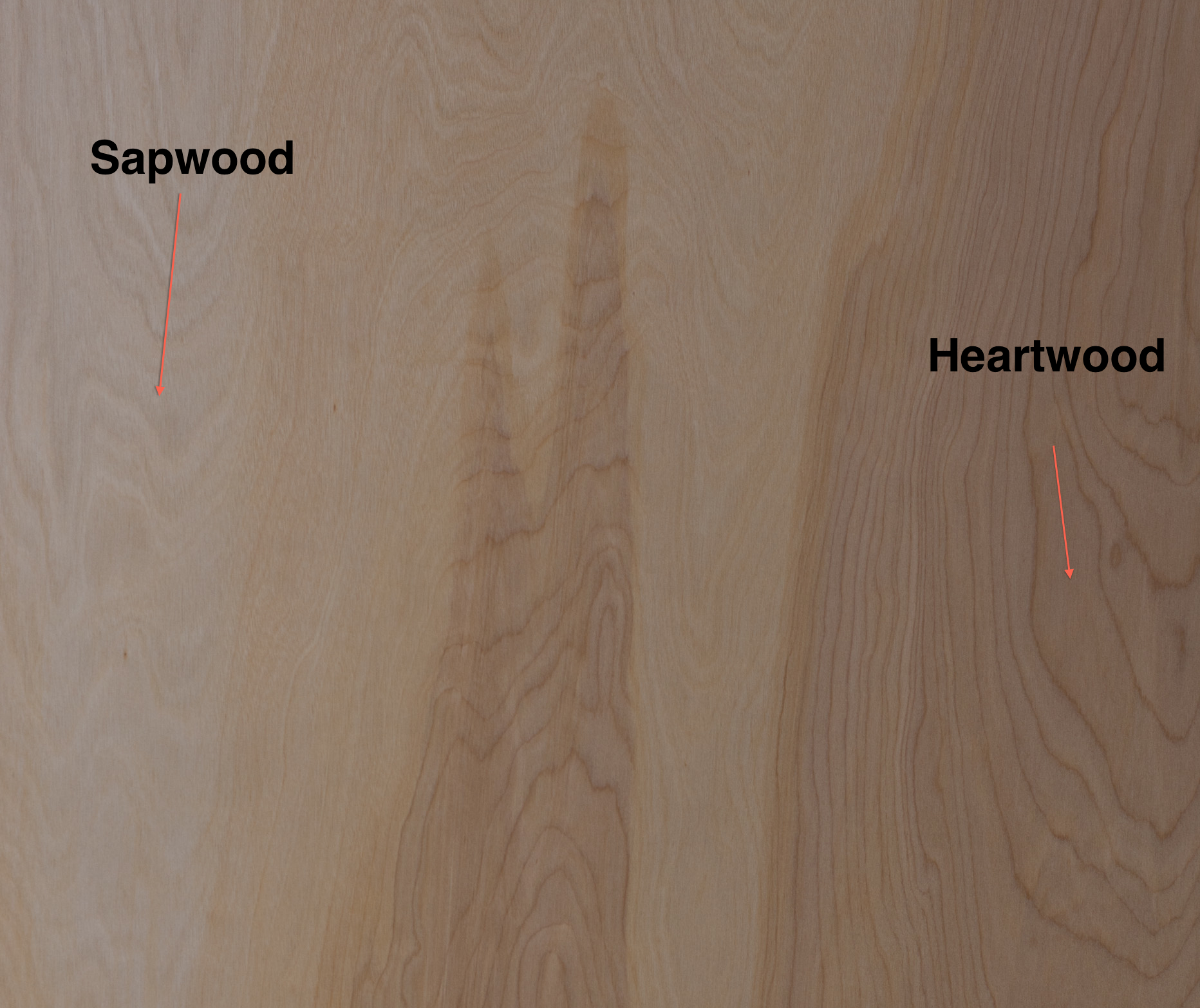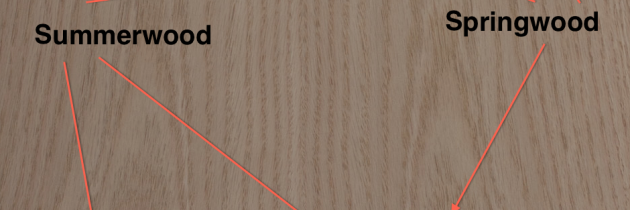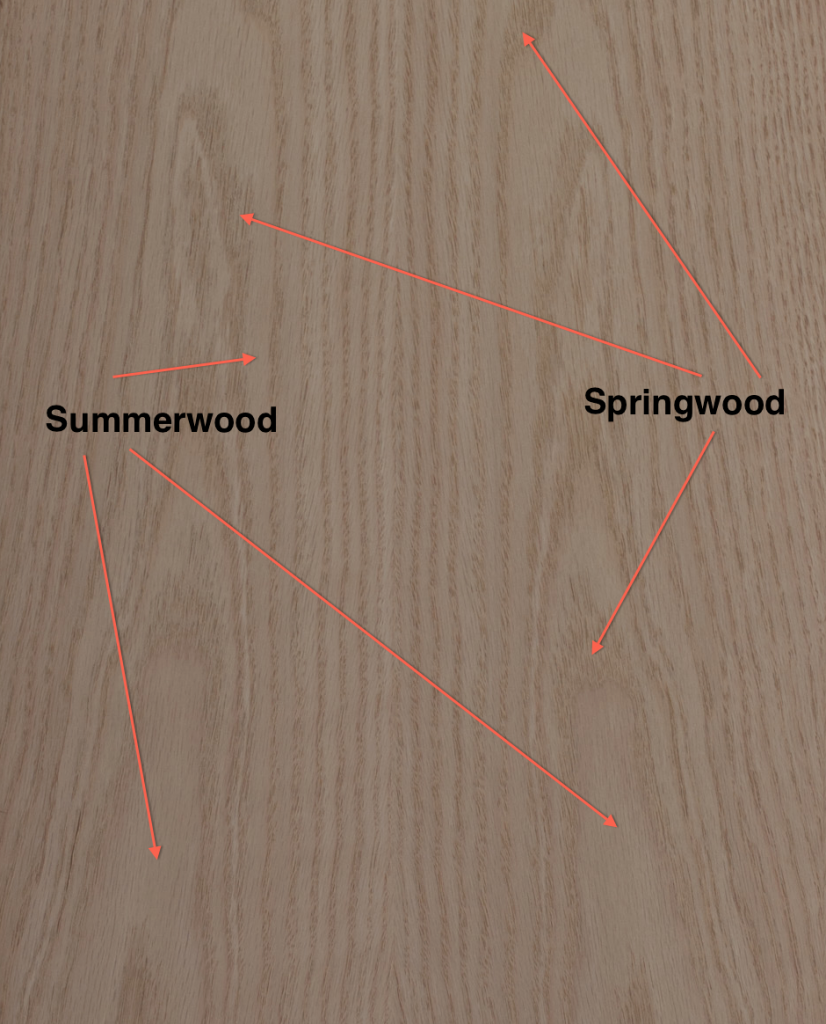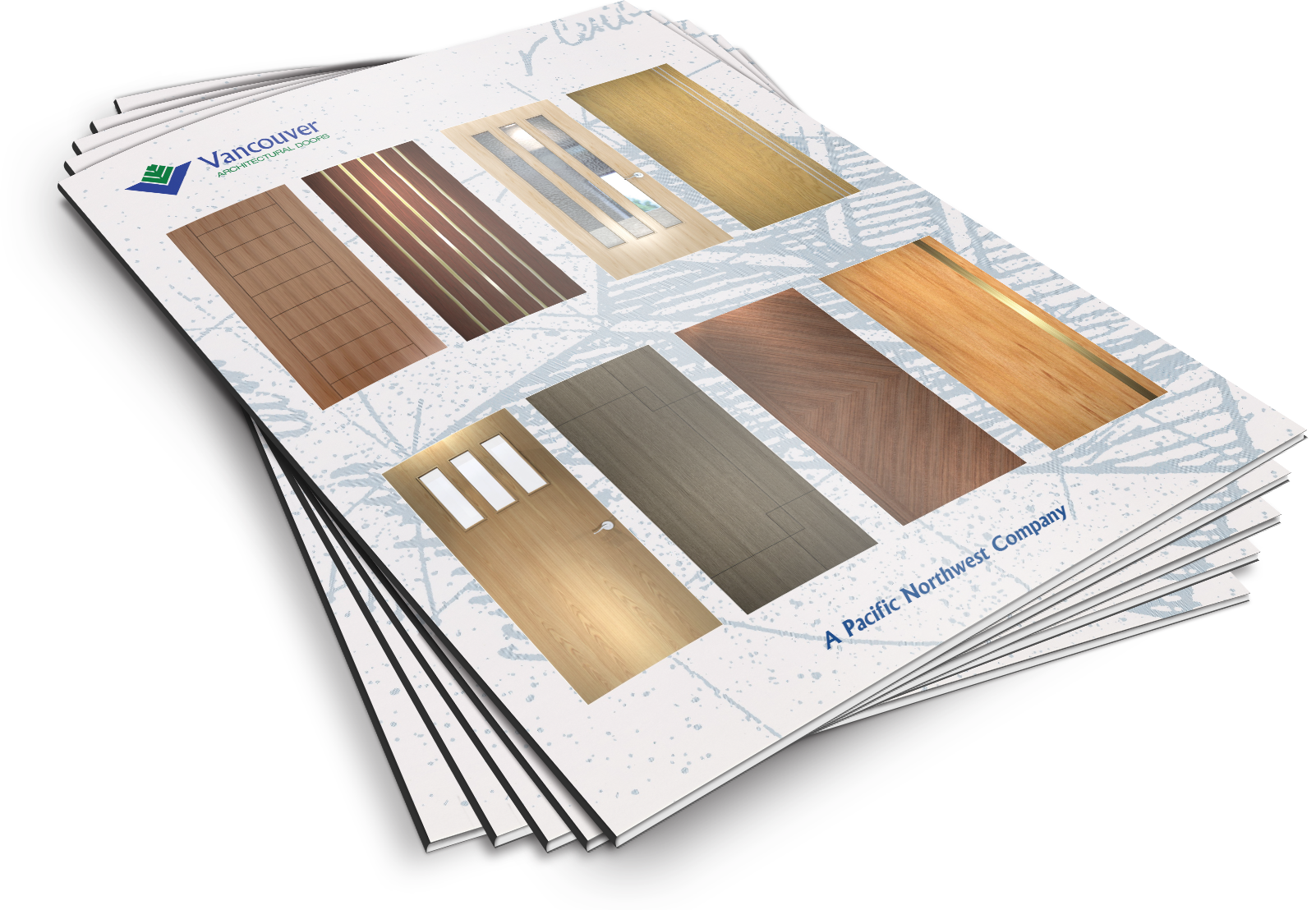Sapwood, Heartwood, Springwood And Summerwood
Some Information On Characteristics Of Sapwood, Heartwood, Springwood And Summerwood
The Section 3.3.1 of the ANSIIHPVA HP-1-1994 provides clarity on some
aspects related to the appearance of wood as detailed below:
The appearance of a natural material such as wood is dependent on many factors that cannot be controlled by humans. As an example, wood formed during the spring and summer seasons in the temperate zones have different cellular porosities and, as a result, have different appearances. Variations are present even among the different species. The sapwood on the exterior is of a lighter shade than the inner heartwood. The heartwood develops a different shade because of the presence of a few chemical compounds.
Buds and limbs that are trimmed by nature give rise to the smaller pin knots and the larger knots that appear in trees. Color variations can also be due to factors such as insect attacks, wounds, creeping vines, etc. These natural processes cause color variations and imprints that are found in wood. Whereas pecan, cherry and walnut are noted for the presence of a large number of pin knots, pecan displays a deep variation in color. Birch, by nature, does not have too many natural imprints. However, it is certain that no tree species is free from natural imprints. According to industry standards, the grade of veneer is determined by its overall appearance because of the intrinsic individuality that each of the species possesses.
It is possible for wood of even the same species to be slightly different in terms of appearance and other physical properties. This is detailed in the book of wood technology written by Carl de Zeeuw and A.J. Panshin in which they have stated that though a majority mistakenly assume that wood of the trees belonging to the same species have similar physical and structural characteristics, it is a fact that pieces of wood from the same tree are never be identical and are only similar within certain limits.
Wood users have always been interested in color variations of wood that can occur due to a number of reasons including characteristics that are particular to a species. Though the heartwood of cherry is reddish in color, the same species sports a variety of colors that range from greenish red through light pink. The variations in color are due to factors that include the geographical location and environment, mineral content of the soil, availability of water, temperature, etc., among others. Several other factors are also involved when it comes to different colors that the wood may have even within the same species.
Sapwood
Trees in the temperate zones develop a new layer of wood by growing the cambium between the inner bark and the previous growth ring. It is usually light in color and the colored growth rings together form the sapwood of the tree. Sapwood performs two functions: adding support to the tree and transportation of the nutrients. The sapwood retains a light shade till the cells begin to die after a few years. This is when a demarcation appears between the lighter colored sapwood and the darker heartwood. The presence of sapwood and the distinct color difference is not favorable in wood species such as walnut, cherry, or oak which are sliced plain. When too much of sapwood is removed from veneers of these species of wood, they end up being used in backs. However, the sapwood bands are larger in maple and birch and, when they are rotary cut, there is a large expanse of light wood that is seen before you can get to the heartwood in the veneer. Hickory, ash and pecan have equal amounts of heartwood and sapwood with the result that face veneers that are a blend of both are commonly seen. Though the exact point at which sapwood turns to heartwood is not easy to discern, the point at which the difference occurs is known to exist.
Light colored streaks that may appear within heartwood are sometimes mistakenly thought to be sapwood, though it is not correct. They are classified as heartwood and the reason why they retain the light color is because they did not undergo certain chemical changes as the heartwood that it encompassed. This may have been because of an injury, fungal attack, or decay of the wood.
Heartwood
The ‘heart’ is a word used in many different contexts with respect to wood. Whereas some use it to refer to the pattern of grain, others use it to denote the central portion of the tree. However, heartwood rightly refers to the woody portion of the tree where the cells are no longer active. The color darkening is because of the presence of extractives such as tannins and a shortage of oxygen. The heartwood color varies between species and is dependent on the biological and chemical changes that take place. The heartwood is distinctively darker at the point where the most recent change has taken place. This can be observed in the cross section of a log. The heartwood is also seen to darken more when spliced open and the wood is exposed to air. Heartwood is a highly sought after part in wood species such as walnut, cherry and oak in which it occupies a large area when compared to the sapwood portions. Face grade veneer is always processed in such a manner to avoid the sapwood portions of the wood.

Springwood
Also called by the name earlywood (in hardwoods), a new cambium layer marks a new growth season. In ash and oak, this growth stage is rapid and large cells with thin walls are formed. They appear darker in color than the summerwood that would grow later. The effect of the thin walled cells is more obvious when finishing techniques are applied; clear finishes create a blushed look necessitating special treatment. These areas may also be more brittle in veneers. When viewing the cross section, the earlywood appears as clear rings that look like a cluster of drinking straws viewed from the ends. This is also referred to as ring porous wood. Birch or maple does not have two distinctly colored bands as in ring porous woods. These woods are called diffuse porous woods. A narrow band of darker parenchyma cells appear and differentiate the growth rings. Though in the earlier times they were thought to grow at the end of the growth season and given the name terminal parenchyma, recent studies have indicated that though the exact time of occurrence is unclear, they occur during the transition from the end of one growing season to the start of the next. They have been appropriately termed transitional parenchyma for this reason. Cherry and walnut are species that exhibit characteristics of both diffuse and ring porous woods and hence are categorized as semi-ring porous or semi-diffuse porous woods.
Summerwood
The rapid growth at the beginning of the spring (growth) season slows down and the wood that grows during this period is called latewood or summerwood. The cells that grow in this season have thicker walls, are tightly packed and smaller unlike the cells that grow during spring. The summerwood color is lighter and the tightly packed cells cause less openness in such woods with the result that finishing materials tangentially penetrate in a more uniform manner than they would in springwood cut surfaces of ring porous woods.




